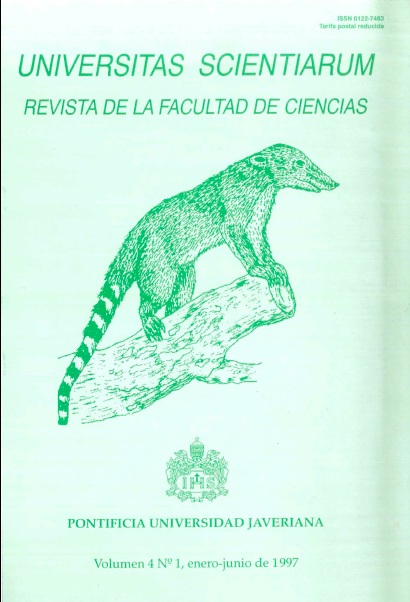Abstract
The importance of obtaining the different stages of Trypanosoma cruzi in order to recognize the antigens involved in the intracellular invasion and replication processes, makes it necessary to adapt these strains to tissue culture, especially considering the high leve! of biological, biochemical and genetic variation, which is found among the strains and clones ofthe parasite. Within the aforementioned context, in this study, the Colombian strain ofT. cruzi, M un anta, was adapted to tissue culture in Yero Cells, obtaining the principal forms ofthe parasite: trypomastigotes, amastigotes and epimastigotes. lt was observed that the liberation of the trypomastigotes occurred on the seventh day postinfection and the quantity obtained was directly proportional to the number of infecting parasites. On the other hand, the majority of the trypomastigotes observed 48 hours after washing the monolayer five days after infection, were had thick-looking shapes corresponding to the initiation ofthe trasforrnation from trypomastigotes to amastigotes.Univ. Sci. is registered under a Creative Commons Attribution 4.0 International Public License. Thus, this work may be reproduced, distributed, and publicly shared in digital format, as long as the names of the authors and Pontificia Universidad Javeriana are acknowledged. Others are allowed to quote, adapt, transform, auto-archive, republish, and create based on this material, for any purpose (even commercial ones), provided the authorship is duly acknowledged, a link to the original work is provided, and it is specified if changes have been made. Pontificia Universidad Javeriana does not hold the rights of published works and the authors are solely responsible for the contents of their works; they keep the moral, intellectual, privacy, and publicity rights. Approving the intervention of the work (review, copy-editing, translation, layout) and the following outreach, are granted through an use license and not through an assignment of rights. This means the journal and Pontificia Universidad Javeriana cannot be held responsible for any ethical malpractice by the authors. As a consequence of the protection granted by the use license, the journal is not required to publish recantations or modify information already published, unless the errata stems from the editorial management process. Publishing contents in this journal does not generate royalties for contributors.



